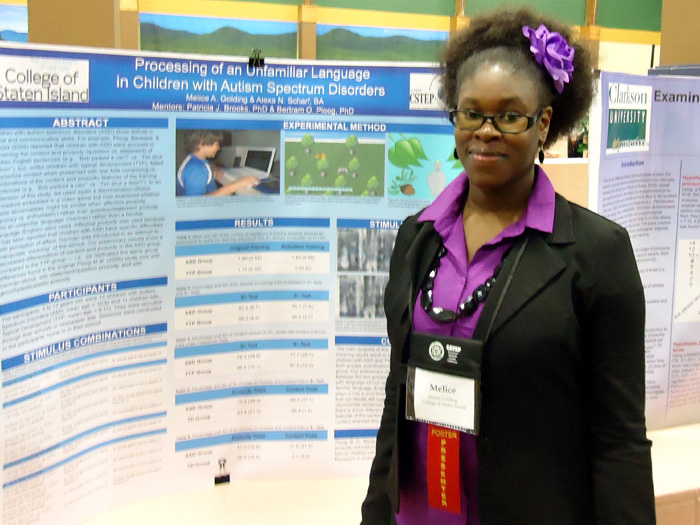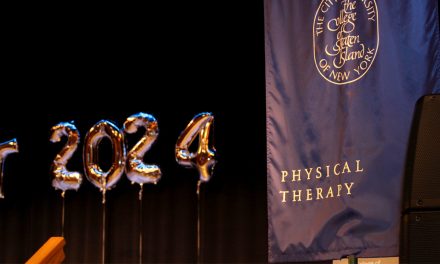Antarctic krill are small, shrimp-like crustaceans which are abundant in the Southern Oceans and may become a potentially valuable source of protein for human and livestock consumption.
But how would wide-scale commercial krill harvesting affect the delicate and protected Antarctic ecosystem? That is what the research team from CSI is hoping to predict with advanced computer modeling of krill, and the behaviors of the birds that feed upon them.
Many Americans may be unfamiliar with krill, but they are one of the most important planktonic (floating or weakly swimming) crustaceans in the Southern Oceans. Krill feed upon phytoplankton (planktonic plant life) and since krill are high in protein, they are an important food source for almost all larger organisms such as mussels, fish, seals, whales, penguins, and birds.
The team from CSI was headed by Biology Professor Richard Veit. Veit, a bird ecologist and biostatistician, also served as primary researcher. He was joined by Mathematics and Physics Professor Bala Sundaram, and seven CSI students. Richard Heil, an ornithologist from the U.S. Fish and Wildlife Service accompanied them as they collected data in an attempt to predict how large-scale krill harvesting might affect indigenous bird populations of cape petrels and albatross.
They spent a month near Elephant Island, off the tip of the Antarctic Peninsula, not only observing large gatherings of krill, called swarms, but also recording in detail the behavior of birds in the same vicinity.
The expedition was funded through a grant from the National Science Foundation (NSF) Office of Polar Programs, which required the trip to combine research and teaching. This provided the perfect opportunity for Veit to engage CSI students in the research. The students were required to enroll in a series of courses to help them fully understand the procedures, problems, and protocols that a research project like this would demand.
After flying into Punta Arenas, Chile, the researchers boarded an NSF research vessel Laurence M. Gould, and began their ocean voyage to Antarctica. December is the beginning of the Antarctic summer, meaning temperatures hover near 30 degrees Fahrenheit, winds could gust to 75 miles per hour, and ocean swells could top 40 feet, breaking over the deck of the ship. The Gould needed to deliver supplies to the research scientists in residence at Palmer Station before heading off towards Elephant Island and the around-the-clock task of data collection.
The researchers towed an echosounder along the starboard side of the ship to minimize prop noise. The data sent back to the ship was their window to the underwater world of Antarctica. This echosounder, which works similar to equipment used by deep-sea fishermen, was used to locate and study the krill swarms, which tend to ride along on the eastward flowing current through the Drake Passage, between South America and Antarctica.
As the Gould navigated northward along six different 25-mile, north-south paths called transects, details of the swarms were recorded, including their location, density, and depth. Southward bound, they employed a deep ocean probe called a CTD, which recorded data on the water’s Conductivity and Temperature at varying Depths. The ship’s location was recorded via a Global Positioning System (GPS) every 12 seconds.
One swarm they encountered was approximately 6 miles long and 80 meters thick. Krill swarms could involve thousand of tons of krill and have a density as high as 10,000 organisms per cubic meter. Why the krill congregate in swarms is unknown, it may be because of temperature, ocean salinity, nutrient deposits, or based upon the Antarctic currents.
As they tracked the location of krill and the condition of the water, the researchers also recorded the species and number of birds along the transect lines and the details of their behavior. Since daylight was present approximately 21 hours a day and the other three hours were a dusky twilight, they recorded data on the birds 24 hours a day, working in 12-hour shifts, standing on the deck of the ship in wind-chills that often dipped below zero (0) degrees Fahrenheit.
To create a valid database, each bird needed to be in constant sight for a minimum of two minutes. The observers tracked the birds, which could fly at nearly 40 miles per hour, while team members recorded the behavioral data of the birds (where they fly, turning patterns, water dives, sitting on the water surface, etc.) This information was entered into laptop computers and personal digital assistants (PDAs), building a thorough database to more accurately generate a bird distribution and behavior map.
Undergraduate student Cristina Rhodes
kept a journal and photo log on her trip…
Veit says that a final goal of this project is to construct mathematical models to determine how birds may behave depending on the presence or absence of krill in a given location. Another goal is to eventually discover how the birds locate krill swarms (e.g., visual or olfactory cues, the behavior of other birds or mammals) and how the birds behave when they detect the prey, as well as how much krill needs to be present and how close to the ocean surface the crustaceans need to be for the birds to become interested.
Since a good portion of the computer modeling involves mathematics, Professor Sundaram joined the expedition. His first-hand accounting of how the data is collected and what kind of data is available helped shape the acquisition models to facilitate data correlation and improve the projection model’s accuracy.
Sundaram also put together a computer presentation of the research work in Antarctica for his daughter’s grade school class. “Children love penguins,” Sundaram commented, “so I included some photos and facts for them. But more than just the penguins, the presentation opened up the world of science and mathematics and its possibilities to them, awaking their sense of imagination. Hopefully they will carry with them the understanding of how penguins, birds, krill and the entire Antarctic ecosystem are so closely intertwined with mathematics.”
Based on the excitement of the grade-schoolers, other educators have asked Sundaram and Veit to participate in their classes. Their dynamic presentation is replete with living examples of Antarctic krill and inflatable penguins, instilling in the students the long-lasting and profound effect of real-world interdisciplinary study.
Back in the office, Sundaram, assisted by Ph.D. student Jarrod Santora, faced a monumental task in correlating the 20 gigabytes of data they collected. Each database–krill population, bird population and behavior, and water conditions–has been compiled using dedicated software packages. These individual databases have been cleaned up and are currently being compiled and synchronized to the same 12-second intervals recorded by the GPS system. “Jarrod is really earning his Ph.D. with this one,” said Veit, “and once the data is synchronized we can move onto analyzing it.”
What do they hope to accomplish by running this data in a real-time model? To find an algorithm, or set of rules, to describe how the birds behave in the presence of large swarms of krill. “We want to build a model,” Sundaram explains, “that would have these birds flying around on a computer…looking for krill.”
If krill eventually become a target of commercial fishermen, whether to provide krill as a delicacy or as chicken feed, scientists will have a computer model to estimate how mass harvests may impact the Antarctic ecosystem.
At present, only a small amount of krill harvesting (approximately 400,000 tons per year) is taking place because it is an expensive proposition. Norwegians consume krill in the form of a high protein paste and the Japanese enjoy them cooked and peeled, much like shrimp.
Currently, there is no supply route or transportation structure in place to move the harvested krill to destinations worldwide. Veit recalls that the Soviets used to send factory trawlers that would otherwise have been unused during the harsh Russian winters to harvest the krill. Although it was a large-scale operation with 10 to 12 factory-sized trawlers, the Soviets never made any money–it was merely a way to put the ships to work. Once the USSR collapsed in the early 1990s, the new Russian government abandoned the harvests for economic reasons.
However, once the logistical problems have been sorted out regarding the mass harvesting of krill, commercial fishermen may turn to krill as a new protein source in feeding human and livestock populations. The data collected and the models developed by the researchers at CSI may prove to assist in the formulation international policies as we feed our world and protect the delicate and balanced ecosystem of Antarctica.
As for Veit, he plans to head back to Antarctica again at the end of this year for his 12th trip to the region to conduct further research. Veit’s current NSF grant, which provides $85,000 per year for four years, ends in 2004. Students at the College of Staten Island with a taste for adventure have the opportunity to cross more than just the Verrazano Bridge. They may join Veit, crossing international boundaries and numerous time zones, experiencing firsthand the fascinating world of international research and the wondrous environment of the frozen Antarctic continent.
















